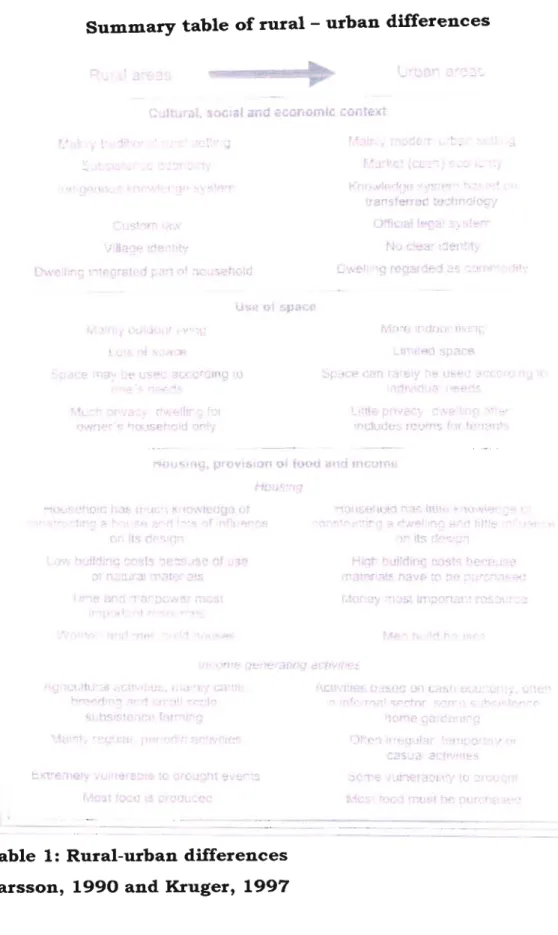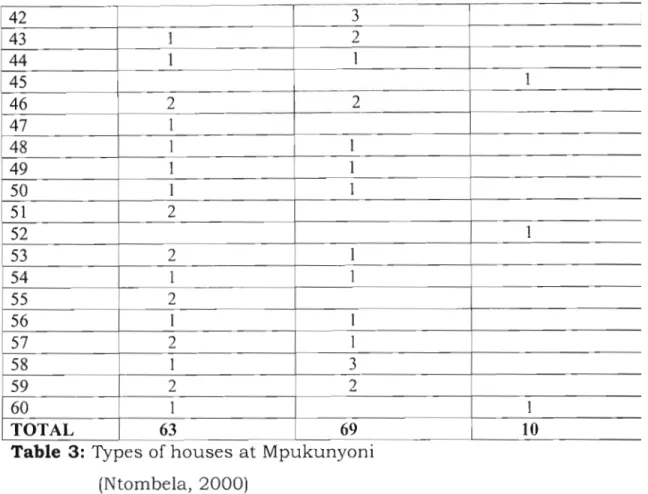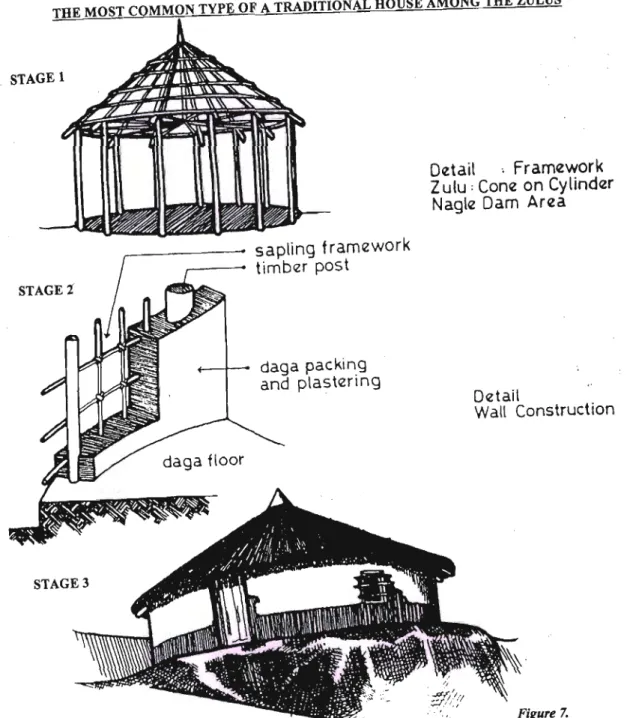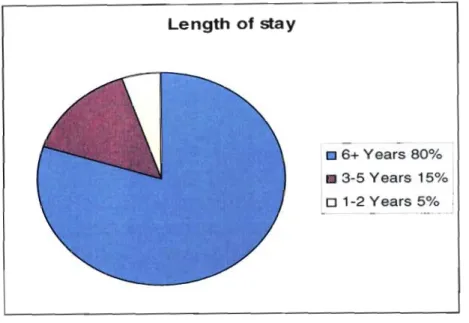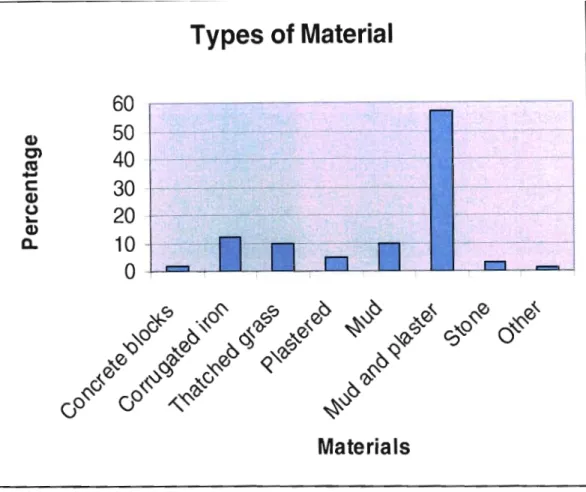AN EVALUATION OF RURAL HOUSING POLICY AND IMPLEMENTATION: ON THE DEVELOPMENT OF SUITABLE RURAL HOUSING THAT CONTRIBUTES TO LOCAL IDENTITY AND REGIONAL DIVERSITY. The housing project carried out in the area highlights some complications due to the housing typology used by the developers, which does not incorporate cultural significance into them. The study sees a need for housing policy in rural areas to be reevaluated so that it includes other relevant factors such as e.g. to incorporate traditional authority decision-making to influence decision-makers to recognize cultural aspects because rural and urban areas are not the same and therefore need to be treated differently.
LIST OF APPENDICES
1.1 Introduction
- Background of the study
- Research problem
- Project justification
- Research Question
- Subsidiary questions
- Hypothesis
- Definition of key concepts for the study
- Socio-economic aspects associated with rural housing
- Brief description of the study area
- Research Methodology 1. Introduction
- Relevance of the study
- Sources of information 1 Secondary Sources
- Focus group discussions
- Research Strategy
- Data analysis
- Conclusion
- Chapter Outline Chapter 1
- Theoretical and Conceptual framework 1. Introduction
- Theoretical Perspectives
- Social Capital theory
- CONCEPTUAL PERSPECTIVES
It is estimated that in Kwazulu-Natal almost 50% of the population lives in rural areas (Mthembu, 2001). What is the position of the current rural housing policy regarding the development of suitable rural housing. The argument advanced focuses on the importance of the physical structure in rural housing design.
Therefore, the appearance of the built form in rural areas must correspond to current needs without compromising on capability. Therefore, the provision of peak structures should be in the interest of the beneficiaries.
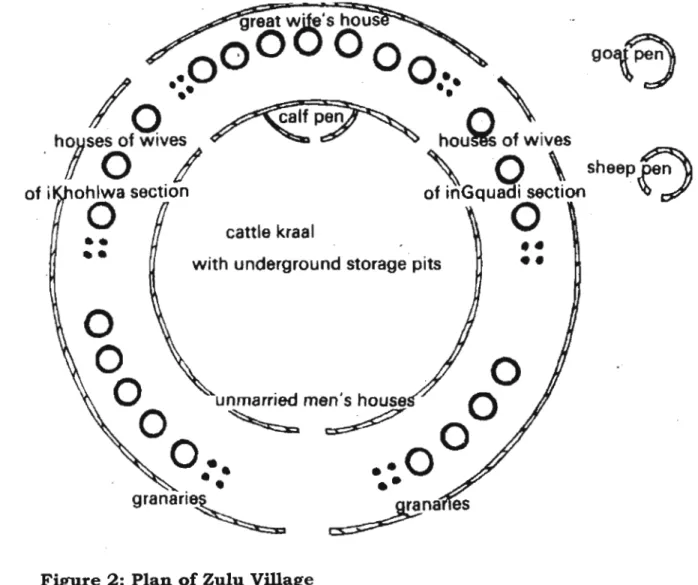
Complete Beehive style of the Zulus (By: Knuffel, 1973)
Mud Bricks used for construction
For example, the photo shows one of the houses that was built using corrugated iron and concrete blocks. It is unthinkable to build houses that are completely suitable for urban areas in rural settings.
Rondavels built using local material
A modern structure of the subsidy housing
- International Precedents 1. Vernacular Dwellings
- Traditional leaders versus local government
- General Review of the Rural Housing Policy 1. Introduction
- Community participation and rural housing
- South African Rural housing policy
- Market policy approach
- Socialist policy approach
- Rural-urban linkages and impact of housing
The spatial pattern in rural areas meets the functional needs of the people who live and work in rural areas. Traditional houses are built from the materials found in the immediate environment, using techniques developed over previous generations. All these factors contribute to changing the housing design and construction methods.
Community participation results in the 'empowerment' of participants, although it is still questionable who is the main initiator of the housing process. They also research the development and transformation of local dwellings in the process of development. The spatial pattern of the traditional residential area is directly related to the traditional social organization.
The combination of the two in the development creates a big difference as they have different expertise. It is always known that the ownership of land is in the hands of the head of the family (the man). Therefore, the formation of Agrivillages in rural areas is due to the fact that agriculture is one of the most important sources of livelihood.
However, all stages of development must somehow ensure the buy-in of community members, traditional leadership and other key stakeholders in rural areas. The socialist perspectives in the document are indicated by factors such as that the government should "prioritize the needs of the poor. During colonization, housing was mainly in the hands of the private sector (de Waal, 1999). Development like many other countries was mainly unplanned and for the local population largely undeveloped (de Waal, 1999).
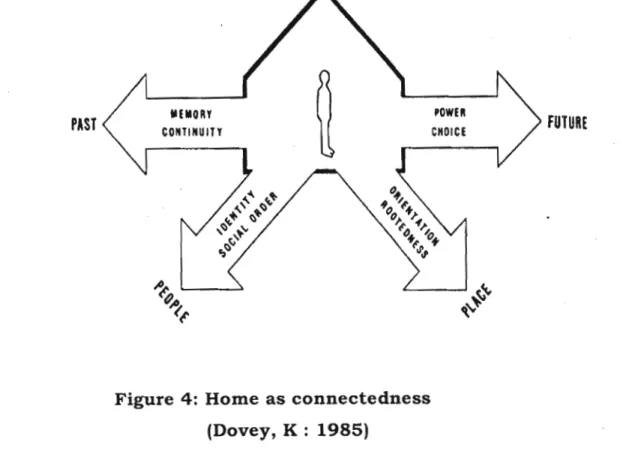
MAP: LOCATIO. OF STUDY AREA
The beneficiaries' satisfaction on housing project implementation
The main objective was to research the effectiveness of housing projects in the field, to assess the opinions of residents regarding the provision of housing commonly used in urban areas in their existing homes. Beneficiaries from the Mpukunyoni area were interviewed with questionnaires with open and closed questions, as they were involved in the implementation process of the Mpukunyoni Housing Project. The researcher spent days staying in the area to get to know the place, the people and important leaders from the community such as Inkosi Mkhwanazi who is also the chairman of the Mpukunyoni Development Committee and other players.
The researcher selected 60 beneficiaries from 600 families as the main aim was to obtain 10. report) from the entire population to collect as much information as possible to ensure accuracy. Background information includes a brief profile of the respondents who participated in answering the questionnaires. The findings showed that most of the respondents were aged 30 and above.
The researcher was interested in the period the respondents lived in Mpukunyoni area. It was important for the researcher to have a clear understanding of the commitment of residents, given the rate of hardship they encountered. 15% of the respondents came to live in the area as a result of marriage relations with the people of Mpukunyoni.
12% of both traditional and urban homes used corrugated iron on their roofs and 10% of respondents still use thatched grass.
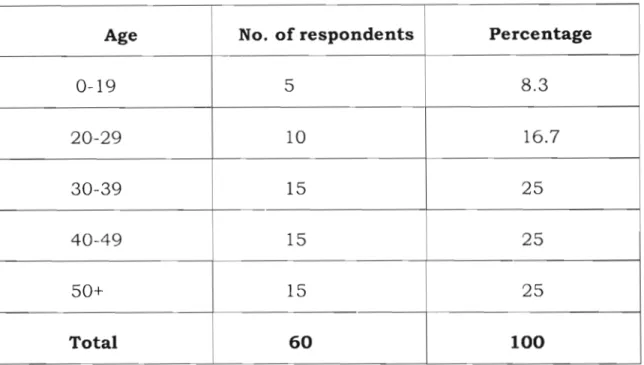
Types of Material
Inkosi is the custodian of the land and has rights to the land through the isindun. This act in itself indicates the breakdown of one of the major barriers to access to land, especially in rural areas. All respondents felt that it is crucial for communities to participate in housing projects at various stages of project development.
Emphasis was also placed on the traditional aspects of the community compared to the role of traditional leadership in rural development projects. It seems that the adoption of the urban type in the countryside is a threat and forces us to think about what this country would be like in ten years. The locality of the area gives a good feeling, for example, rural people who stay in urban areas for work return to their homeland.
Since rural people are disqualified from accessing individual subsidy that gives them full control over their housing design, the housing subsidy implemented in Mpukunyoni requires developers to understand the location of the place. For them, it was pointless to build housing that consisted of the urban architecture, because it did not have much meaning in their lives. For example, the houses for the mother-in-law are separated from those of the sons, daughter-in-law and children.
The findings of this study address the highly sensitive and problematic issues of specifying the type of housing that is culturally appropriate for rural people still living under the leadership of the 'Amakhosi' tribal authorities.
CHAPTERS
Conclusion and Recommendations
This shows that the government is interested in meeting the needs of rural areas by providing housing to the rural poor, who were previously disadvantaged. Therefore, migration is one of the aspects that contribute to the change of rural patterns from traditional architecture to modern architecture. It is imperative that rural designers, planners and builders are well equipped and understand the traditional built environment of the area in which they work so that they can deal with housing provision for the majority of people in a way that meets needs of the population. their social, cultural and economic conditions.
Planning authorities must do their best to respect and improve the design of rural housing, which reflects the lives of the people living in rural areas. Local governance systems and institutional structures play an important role in defining the nature of the relationship between urban and rural areas. This desire can then create a more accountable system with better capabilities to respond to the needs and priorities of local people.
South Africa's housing policy must be formulated in a way that responds to the diverse situations of the people it targets and takes into account their experiences and understanding of rural life. After examining some of the barriers to effective housing provision in current policies, one can conclude that to be more effective, South African housing policy must be formulated in ways that take into account the cultural, social and economic differences between the people it would must serve. For development to be seen as holistic and dynamic, it must put people at the center so that it can build on its inherent potential, taking into account the social, economic and environmental sustainability of the houses built for rural communities.
To bring a holistic approach to the process of providing rural housing, the involvement of local and tribal authorities should be ensured.
34;Rural-Urban Development and Land Tenure Systems: A Comparison Between South Africa and Botswana." 34;George Moshesh Lacation 13: Formulating a Development Policy for a Rural Transkei Administrative Area with Special Reference to George Moshesh Lacation No. 13JJ• University of Natal. Ibid in De Waal, S Revisiting current South African housing policy: towards the development of a holistic housing policy}} University of Natal.
Black Pioneers—Do Their Moves to the Suburbs Increase Economic Opportunities for Mothers and Children?” Housing Policy Debate.
APPENDICES
INTERVIEWS WITH HOUSING OFFICIALS
Can you suggest guidelines for the development of more suitable rural housing suitable for rural communities still living under tribal authority. How can the rural housing delivery system under the current housing policy respond to the cultural needs and values in rural areas. How can rural housing policy ensure that developers understand issues in rural settings by taking into account people's needs, their sense of belonging and lifestyle.
What possible strategies can be formulated by the rural housing policy to make developers aware and respect people's culture when packaging rural housing projects. How effective is participation of traditional leaders in housing typology implemented in Mpukunyoni area. What were major constraints on the development of housing that contributes to local identity.
What do you think about the use of housing design that is suitable for urban areas in rural areas. Can you suggest guidelines for the development of more suitable rural housing suitable for rural communities still living under tribal authority.
QUESTIO, AIRE FOR THE B
MAP: LOCAT ON OF STUDY AREA
